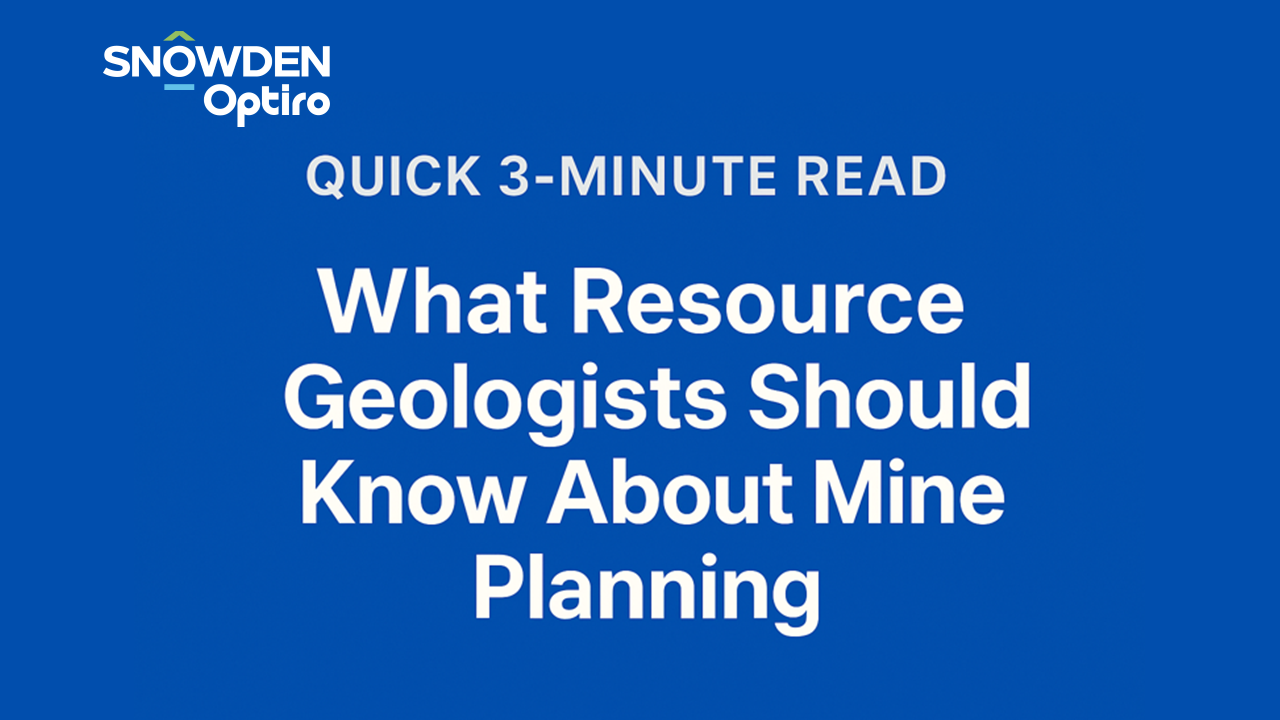

The accurate reporting of mineral resource and reserve assets is crucial for maintaining investor trust and ensuring long-term sustainability in the mining industry. However, the issue of speculative inflation in these estimates persists, driven by factors such as data accuracy, estimation biases, lack of independent verification, and the pressure to increase company value. In this blog post, we delve into the causes of mineral resource inflation and explore a study that utilizes publicly available data to identify potential cases of overestimation.
Speculative mineral resource and reserve inflation can arise due to various factors. These include inaccuracies or misinterpretation of data, optimistic estimation parameters or assumptions, lack of independent expert verification, and the desire to enhance company value. The opaque nature of resource classification exacerbates this problem, as it relies on subjective interpretations by Competent Persons. Independent verification of individual statements is challenging, but publicly available data can be analysed to detect potential category inflation.
To assess the robustness of resource classification over time, an introductory study examined globally listed mining companies over a multi-year period. The analysis focused on base and precious metal projects in preproduction and operational asset classes. Exploration expenditure statistics included in annual company reports were compared with changes in category tonnages and market capitalization. Abrupt changes in these metrics without corresponding expenditure could indicate potential outliers and should trigger further investigation.
The study utilized the S&P Global Metals and Mining platform, which provides comprehensive data on exploration budgets, reserves replacement analysis, and other asset-level metrics. Representative companies were selected from the database based on project class (developing or operating) and metal type (base or precious). Various parameters, including resource and market capitalization changes, were calculated, or extracted to evaluate inflation risks.
Univariate analysis, box plots, and bar charts were employed to evaluate the data, comparing mean, median, and extreme values across project classes and metal types. Four exploratory parameters were subjected to percentile ranking to identify outliers. The study focused on projects with the highest risk ranking, considering their resource tonnages, percentage of measured and indicated.
The analysis revealed instances of potential resource and reserve inflation in both developing and operating projects. Discrepancies between reported resource growth and exploration expenditure were observed, suggesting overestimation. High proportions of Measured and Indicated resources without sufficient supporting exploration investment raised concerns. Precious metal projects located in established mining centres showed variations in resource and market capitalisation changes, influenced by factors such as geology and regulatory costs.
Credit: Resource and Reserve Category Inflation – Known Rewards, Hidden Risks. Booth, G., Hargreaves, R., Bond, M. Proceedings Resource Estimation Conference 2023, AusIMM · May 25, 2023
The issue of speculative mineral resource inflation poses risks to the mining industry and its stakeholders. While short-term benefits may be tempting, overestimating resources can compromise project economics and damage a company’s reputation. The study highlights the importance of utilising time-based exploration and resource category ratios to identify at-risk projects. As technology advances, future studies may leverage machine learning techniques to enhance the detection of inflationary practices and ensure the integrity of resource estimates.
Reconcilor can be utilized as a software tool or platform specifically designed for resource reconciliation. It aids in the measurement and analysis of resource categories by facilitating the comparison and reconciliation of various data sets, such as geological models, block models, and actual production data. Here’s how Reconcilor can be used for resource categories:

Overall, Reconcilor streamlines the resource reconciliation process, ensuring the integrity and accuracy of the resource categories by comparing and aligning various data sets. It provides insights and information necessary for resource evaluation, mine planning, and decision-making processes.
To learn more about the risks of Resource and Reserve Category Inflation and how Reconcilor can help optimize your mineral estimation, contact Rayleen Hargreaves, Principal Consultant and Reconcilor Product Owner at Snowden Optiro at contact@snowdenoptiro.com. Gain valuable insights and information to ensure the accuracy and integrity of your resource evaluation and decision-making processes.


Subscribe here for our podcasts, technical articles and news
